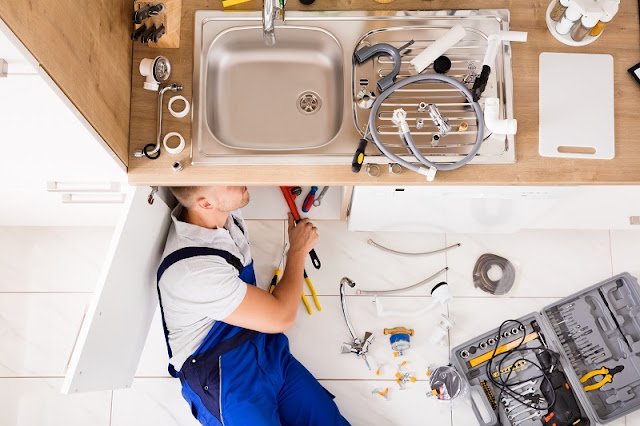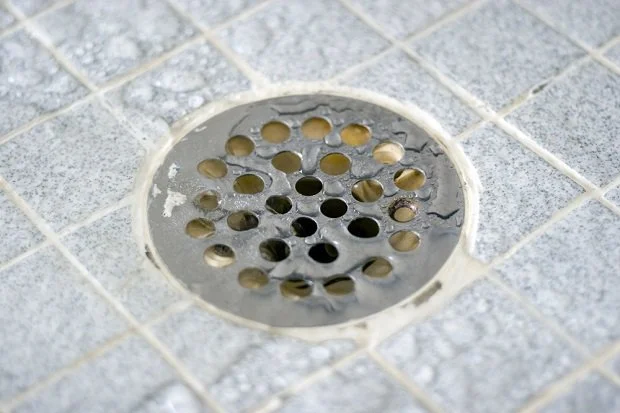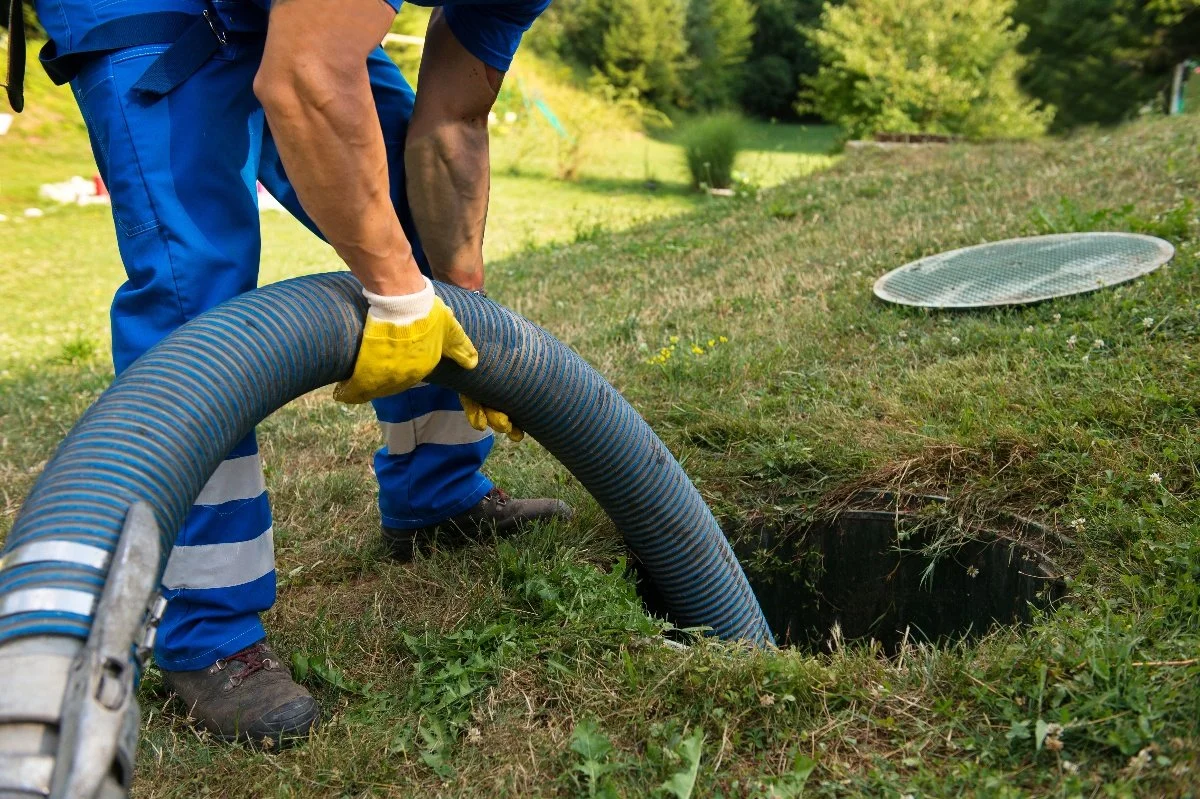Best 5 DIY Decor Ideas For College Dorm Room
RH Business Marketing Solutions
Colleges have evolved from austere learning centers to more relaxed venues reminiscent of country clubs. Rutgers University’s $55 million Rockoff dorm features a Coldstone Creamery and a next-century gym, while MIT has a ball pit and Boston University has a climbing wall.
In this setting, dorm decor has come to resemble a competitive sport, with design-savvy students betting on their imagination to decorate their space with style. Check out our top 5 DIY decor ideas for college dorm rooms to get inspired and make your dorm the talk of the town!
1. Inspirational phrases
Dorm room decor that includes inspirational sayings or quotes is very trendy right now. You might walk by a classmate's dorm and see the phrase "You're not a pigeon, you're a unicorn" artfully typeset on his wall, or a pillow with the phrase "C'est la vie" on it. Wouldn't this be a refreshing experience after a long day of exam prep or honing your writing skills with professional trust my paper services? We think it would. Even if you find motivational sayings corny, you can pull them off with a creative flair. Instead of outmoded old adages, you could opt for fancy typography.
2. Relax in style
Decorating your sleeping space to turn it into an intimate relaxation area can transport you back to the safety of the womb. This could mean hanging an elegant curtain, investing in top-quality mattresses and pillows that are also tastefully decorated, or placing a sunflower beside your bed.
Choosing comfortable bedding is likewise essential if you want your dorm room to feel like a home away from home. What's more, it shall grant you a good night's sleep, which is essential for your health. This is the case when you can chase two rabbits and catch both: your bedding can be functional (helpful for a good night's sleep) and aesthetically pleasing (a nice addition to your decor).
3. Borrowing from nature
Have you ever wondered what makes some dorm rooms feel so inviting and warm? It's not just because you're a fan of your friend’s posters or enjoy the company, though, both count. It's because your college buddy understands that any space feels more authentic if embellished with natural fibers such as wood, wool, or wicker. Adding decor elements sourced from mother nature will ensure your dorm room radiates an instant homey feel.
Though taking design cues from nature is nothing new, the trend is seeing renewed popularity among college students as part of a wider greenery trend.
4. The power of color
It doesn't require much head-scratching to understand how colors can lift our moods. Colors have energy frequencies; we're directly influenced by being around them.
Revive your dorm room with colors that make you happiest. Arranging a visual landscape will not only add to the overall decor of your room but also instill a sense of calm. Add flashes of on-trend neon to liven up your compact flat, and opt for relaxing blues for setting up your study corner.
5. Accessories matter
Even the prettiest dorm room will lack soul if you don't add enticing little extras. Accessories compel the viewer to examine the item more closely and wonder about its history. Don't be afraid to go bold with color and pattern, yet make sure your selection of each object comes straight from the heart. You could decorate college apartment with flea-market finds, patterned pillows, framed photos, and elegant bookshelves - there's a lot more to dorm life than just having the basics. It's time to embrace the joy of adding some finishing touches.
Wrapping Up
From adding eye-catching, bold colors to opting for unique twists with painted florals, experimenting is your secret tool for upping your dorm room's feel-good factor. Before you start, dive deep within yourself to discover what you truly enjoy and what triggers your relaxation. The design of your dorm room should help you heal.
***
Merissa Moore is an interior designer and blogger. Her exceptional interior design skills have left a wide range of clients happy with homes that are truly one-of-a-kind. In her spare time, Merissa writes how-to blogs on various topics, including home decor, art, technology, and more. Readers continue to praise Merissa's blogs for their insightful and helpful content.

















